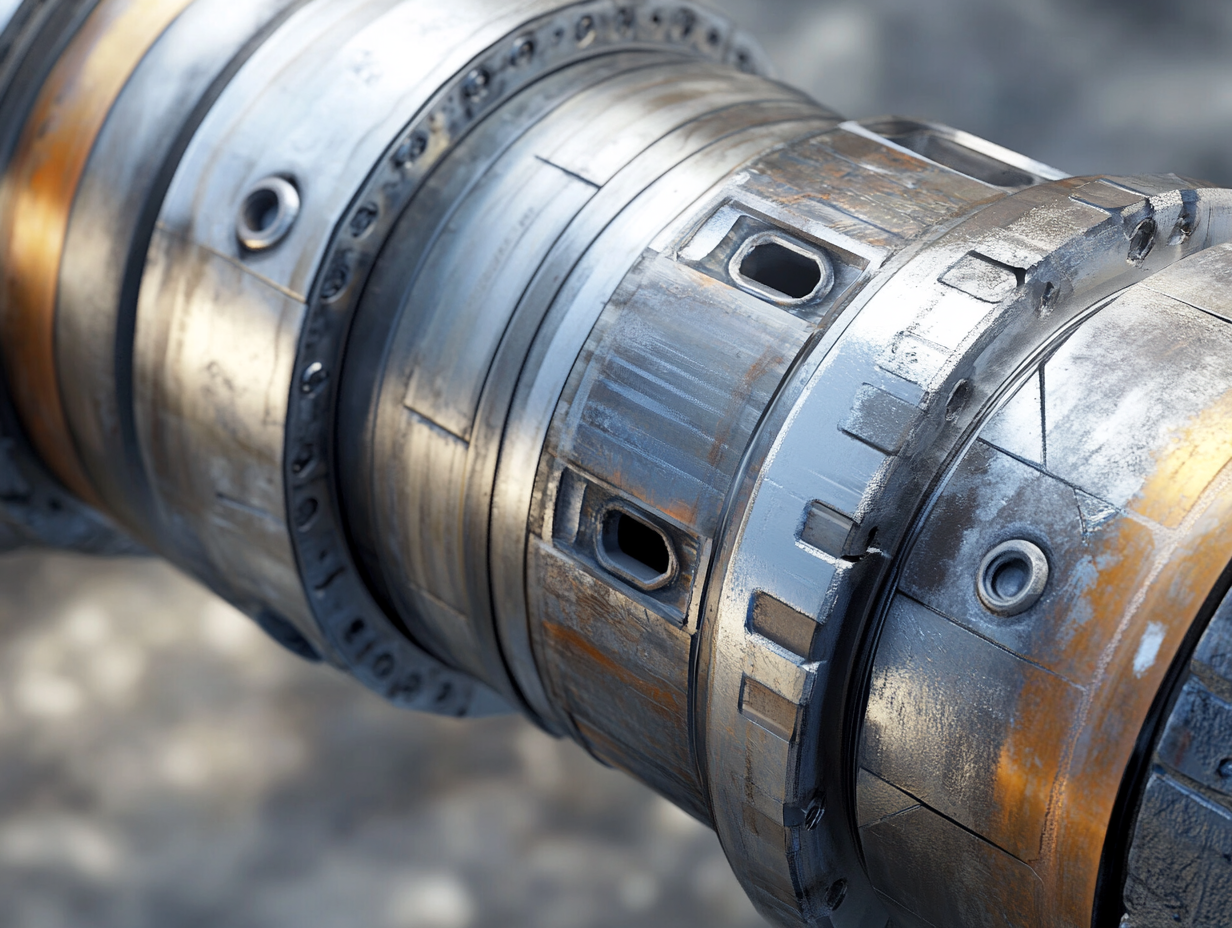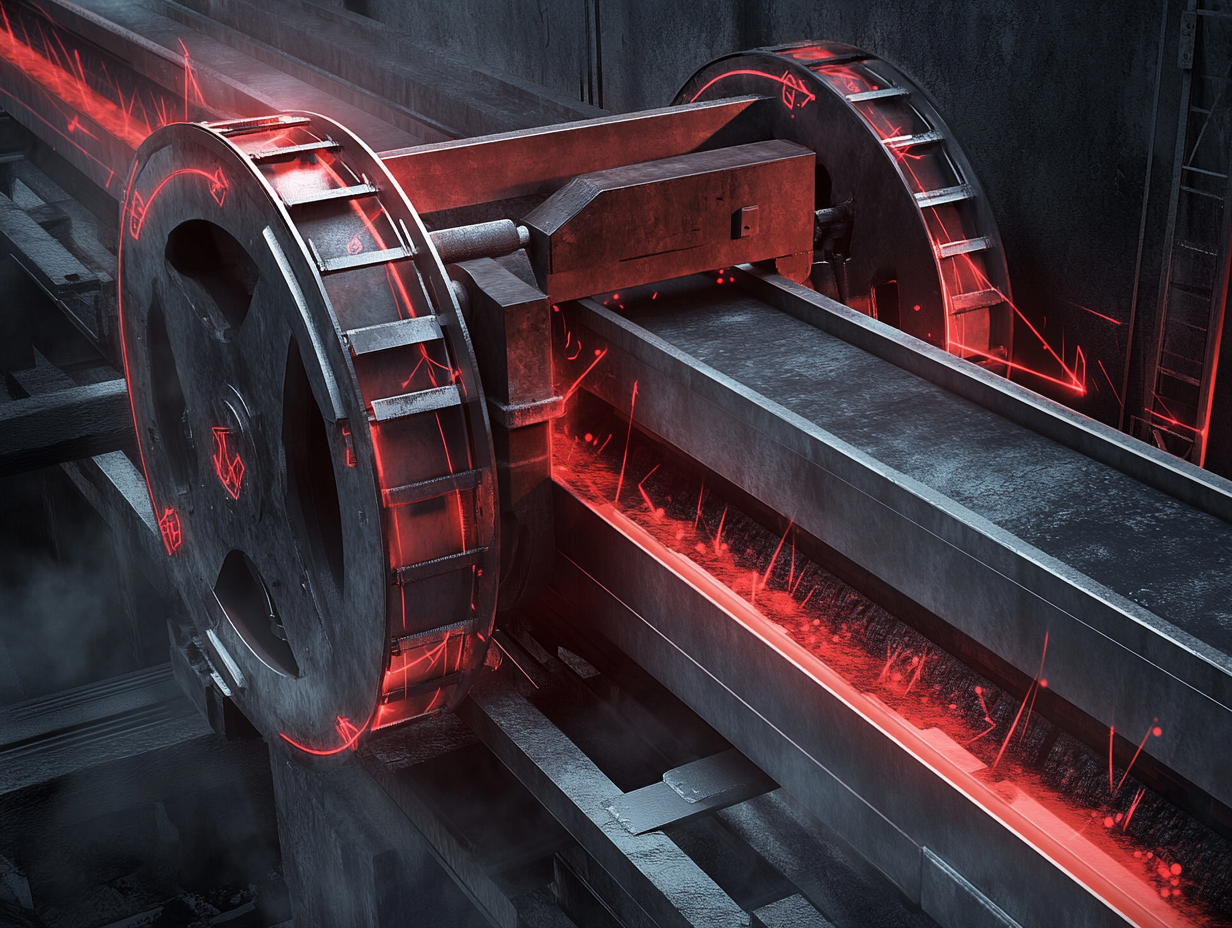In the world of mining machinery and structural engineering, components rarely face a single type of stress. Instead, they often…
In structural and mechanical design especially in mining equipment the direction and application point of a force significantly affect how the system behaves. Many real-world loads aren’t perfectly vertical or horizontal, so engineers must break these forces into components to analyze how they generate bending moments, shear forces, or torsion.
This blog explores how decomposing forces helps engineers accurately calculate bending moments in shafts, beams, and load-bearing structures found in mining applications.
In structural engineering, especially for cranes used in mining, knowing how a structure reacts to forces is the foundation of safe and efficient design. Two primary forms of load analysis are static and dynamic strength calculations — and they differ not just in theory, but in real-world performance, safety margins, and material behavior.
Understanding this distinction is critical when designing cranes, hoists, and material handling systems that operate in environments like open-pit mines, quarries, and coke plants, where loads vary constantly.




